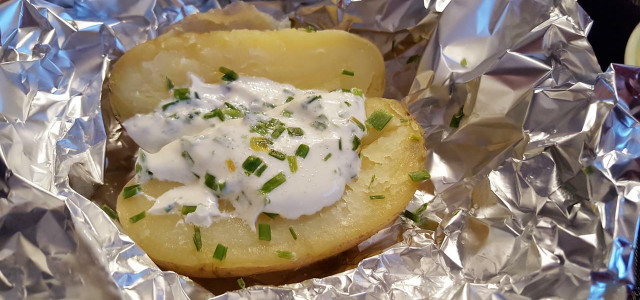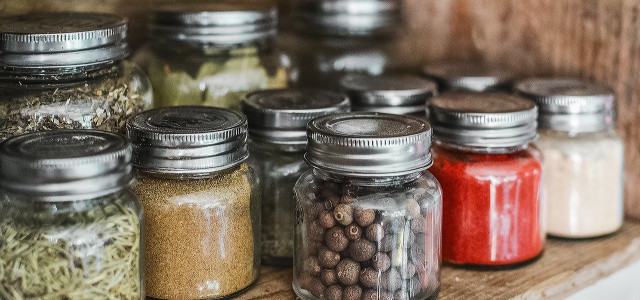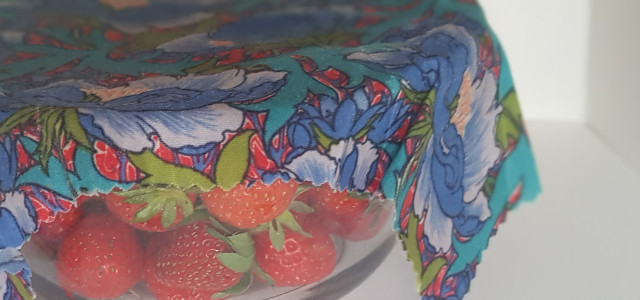Although you technically can use aluminum foil in the oven, there are more sustainable options that reduce waste and consider the environment.
It is a staple in many kitchens, but can you — and should you — use aluminum foil in the oven? You can use it in many cases as long as you use it correctly (see below for tips). It is mostly safe, but there are some possible disadvantages to health.
Aluminum foil comes as a thin sheet, shiny on one side and dull on the other. The dull side is treated with plastic or paraffin wax, which builds tear resistance and prevents the foil from sticking to itself. It can withstand high temperatures and can’t be burned in a standard kitchen oven.
Yet, regarding whether you should use aluminum foil, it is worth weighing up the advantages and disadvantages from an ecological and sustainable outlook. Processing aluminum foil puts pressure on natural resources, and it can take hundreds of years to decompose.
The good news is there are alternatives that are kinder to the planet. We’ll take a look at some of these different options so that you can make an informed choice.
Pros and Cons of Using Aluminum Foil in the Oven
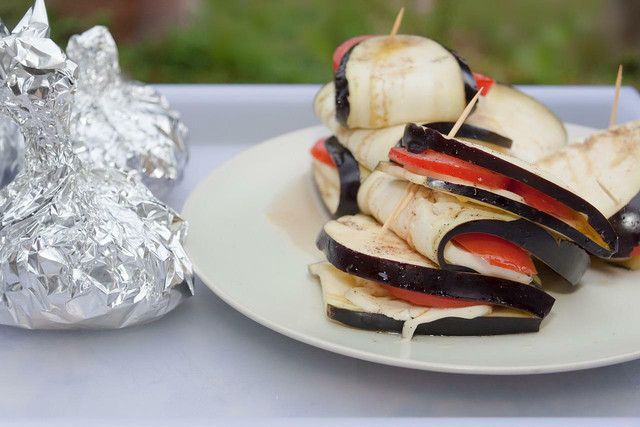


(Foto: CC0 / Pixabay / stux)
There are certain things to consider when using aluminum foil in the oven. Here are some of the pros and cons.
Pros:
- Wrapping your food, or using aluminum foil as a lining layer, limits mess and makes it easier to clean up after cooking.
- It locks in moisture so your food doesn’t dry out.
- Aluminum foil transmits heat and allows for an even cooking process.
- It has a very high heat tolerance.
Cons:
- Aluminum has the potential to leach into your food.
- It is not an appropriate choice for non-solid foods.
- It can tear when handled or during the cooking process if you need to adjust it to check on your food.
- It may alter the taste of baked goods, such as cakes.
- It is not the most eco-friendly option. Keep reading for more sustainable alternatives.
How to Correctly Use Aluminum Foil
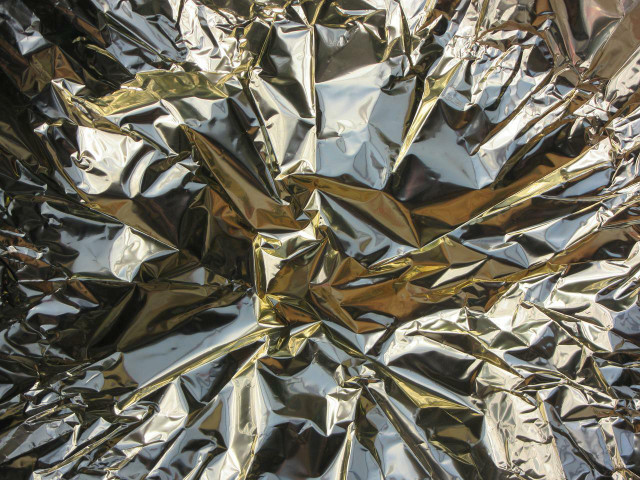


(Foto: CC0 / Pixabay / rkit)
Here are some good rules of thumb for when you need to use aluminum foil in an oven.
Do:
- Wrap it around food, such as potatoes. Food will retain moisture.
- Use it to cover dishes such as lasagne. Also, to retain moisture and crisp up a dish, remove it for the last minutes of the cooking process.
- Line baking and cooking trays with it. This minimizes messy clean-up time.
Don’t:
- Line the bottom of the oven with aluminum foil. You may think it is a good way to catch drips and splashes, but the foil can stick to the oven’s surface, making it difficult to remove and damaging the oven itself. Additionally, the reflection of the foil makes for uneven cooking and may harm your oven’s heating elements.
- Line the bottom rack, as this may also cause uneven heating. An oven needs good airflow, which foil will likely inhibit.
Alternatives To Aluminum Foil in the Oven
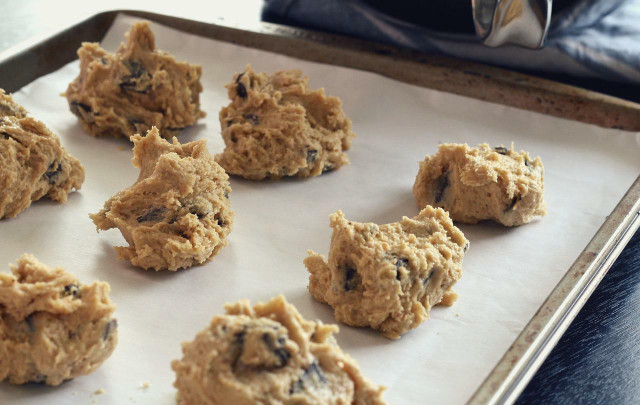


(Foto: CC0 / Pixabay / ponce_photography)
Here are some sustainable and ecological alternatives to using aluminum foil.
- Invest in a good-quality non-stick baking pan or reusable cookie sheet (available on Amazon**) for baked goods and other items that tend to call for foil.
- You can also replace aluminum foil with parchment paper in many instances when you need a lining on the bottom. Parchment paper also has the benefit of being non-stick. As it is also a disposable product, consider eco-friendly substitutes for parchment paper as well.
- Dutch ovens cook food well and retain moisture even better. They are typically made of iron and ceramic with a closely fitting lid. You can find some great inexpensive dutch ovens from Amazon Basics** or spend a little more for cult favorite Le Creuset (also available on Amazon**).
- You can place some foods straight on the oven rack, like pizza, eliminating the need for foil. This can be when you are tempted to line the bottom of the oven, but as stated above, it is not advisable.
https://utopia.org/guide/homemade-cough-syrup-onion-and-honey-cough-remedy/
Read more:
- How to Clean Cookie Sheets: 4 Natural Household Solutions
- Vegan Baked Potato: Recipe & 8 Topping Ideas
- Preheating the Oven: Necessary or Not?
Do you like this post?






